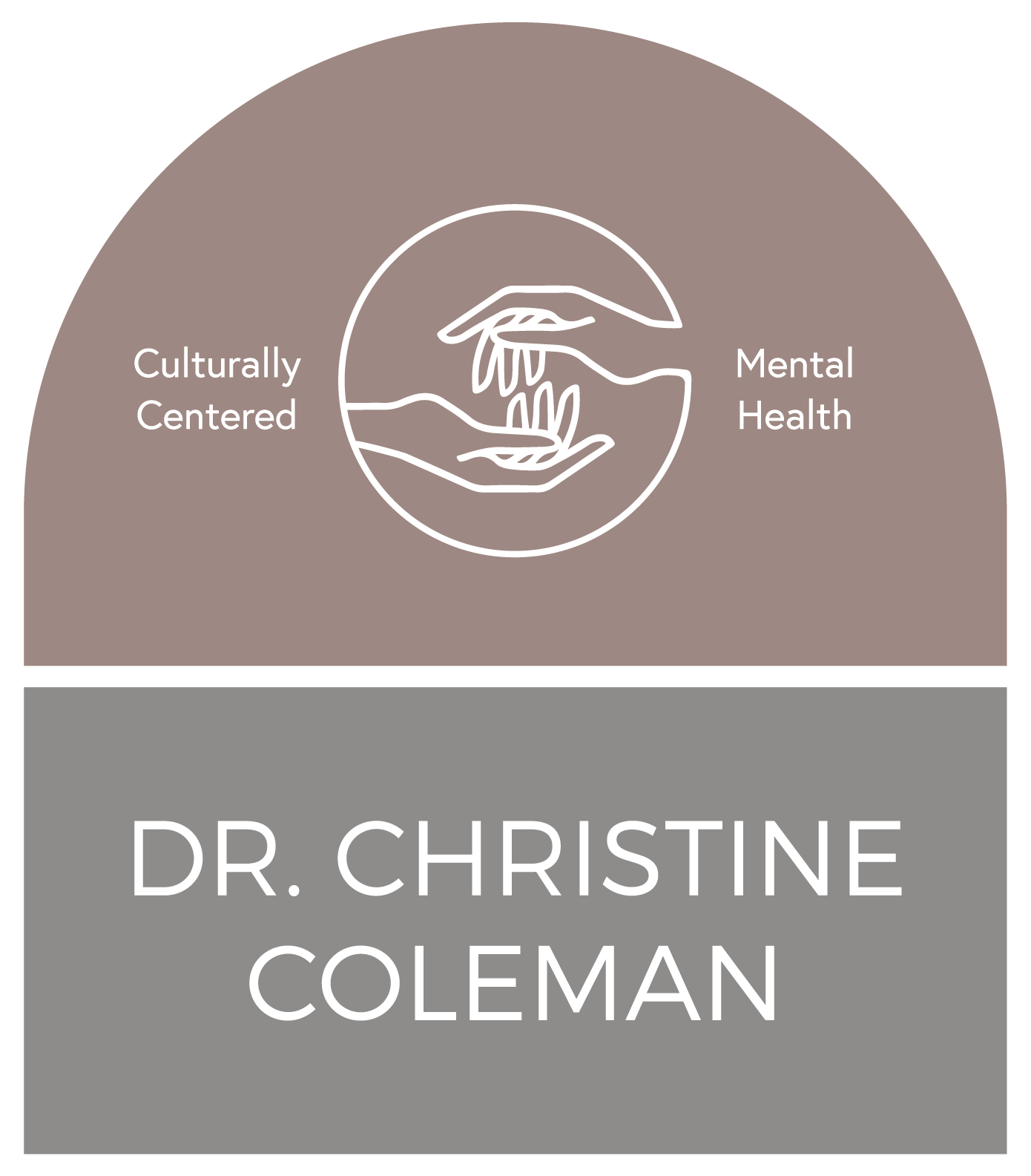It’s a new year and so many of us have made resolutions or have set intentions to help us on our constant journey of “leveling up.” Usually, this includes adding on more. More workouts, more productivity, more systems to help us stay organized, more resources. More More More.
It’s rare to hear people I serve say, “I’d like to do or have less.” When I dig a bit deeper, I hear many echo the same sentiment, “I equate how much I do and hold to my value.” When we pause and sit with this, many of us might feel a punch to the gut. Ouch, is that really how people navigate the world? For many, yes. American culture specifically emphasizes the notion of a rat race and the term I personally hate, “sleeping is for dead people.”
If you’re on any form of social media, it’s as if we can’t keep up. What once was a place to share photos and life experiences has been bombarded by sales and promotions, parenting strategies, and so. much. more. This is another way to indirectly communicate that we are not doing enough.
Culturally speaking, gender roles often let us know that a man is supposed to be the main breadwinner and the woman is supposed to take care of house and home. While modern times have shifted this narrative, many of our cultures still expect this of men and women.
I work primarily with women of color professionals and the main pain point I do my best to support is that women of color feel the pressure to be a thriving career woman, a wonderful, involved parent, maintain a clean home, be a sexy, fit, woman for herself, her partner, and society, and do it all with a smile on her face. Oh, I didn’t mention that she’s also to break generational curses, build generational wealth, send money back to her homeland, take care of aging parents, and make time to volunteer.
I’m sorry, what?
Let’s take a pause for a moment. If any of these feel familiar to you, notice what is coming up for you right now. How does it feel in your body?
The next question that comes up most often is, “How can I be ok with NOT doing it all?” First off, this idea alone can be scary for many because the expectation for you to do it all has likely been something that those around you have gotten used to and maybe, have taken advantage of. So it makes sense that it would initially feel scary to put something down or say no/not right now. The immediate response is likely, “If I don’t take care of it, who will?”
Again, pause, and feel that.
Let’s address some actionable ways you can start this journey of not only not doing it all, but also being ok with not doing it. Those are two different things, right?
ACCEPT that you are ONE person and you do not have the physical or mental capacity to handle multiple things. You are not designed that way.
EXAMINE your “why’s” behind the push or expectation to take on so much. Which sit well with you and which don’t?
CONSIDER that taking on multiple things and being able to multi-task is not a badge of honor, it is a recipe for burn out.
RE-PRIORITIZE your commitments. Maybe you can’t set down everything you’ve committed to, but maybe you can set one thing down. Or maybe you can pause on one thing and circle back to it later.
SET BOUNDARIES with people and your time. This will be the most uncomfortable but most significant part of this process. If you have been in your roles for some time, saying no, not right now, I’m not able to, or anything of the sort can cause people discomfort, anger, or may prompt really hurtful comments. You have to make it up in your mind that your mental health trumps over anyone’s thoughts about you
ASK FOR HELP and be specific about it. We hear this often but I really mean it. Be very specific about what you need help with because if you have done everything for this long, most people won’t know you need help or how to help. Do you need help with the kids, or around your house, or with groceries, or do you just need some alone time to enjoy quiet?
IMPLEMENT NEW APPROACHES THAT WELCOME JOY. Doing so much can cause stress, anxiety, depression, and burnout. What’s the counter to those? Joy. Rest. Laughter. These remedies are so necessary and should not be minimized. Engage in something alone or with loved ones that brings you joy and allows you to tap out from the things that have overwhelmed you.
GIVE YOURSELF GRACE and understand that this will take practice and repetition. Just because you have some helpful steps to follow does not mean that everything will change from now on. It takes time to build a habit. Remember, however, that you can and will do it.
I hope these tips are helpful to you on your mental health journey. You are supported, loved, and cared for. Follow me on Instagram at @drchristinecoleman to see my live training on this topic.
If you’d like to inquire about having me come speak to your organization or corporation, please fill out the booking form here.




